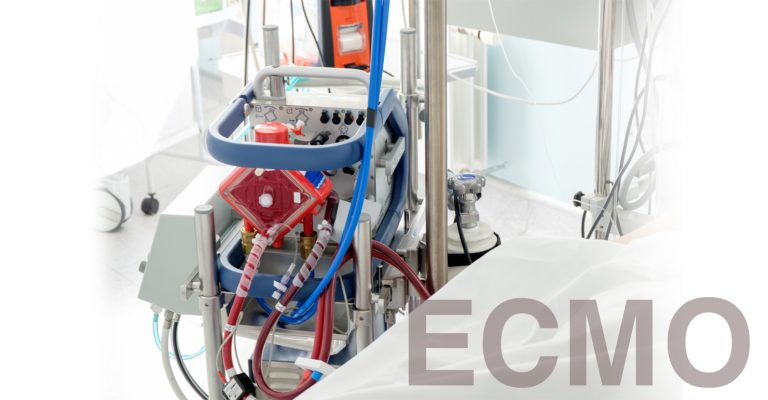E.C.M.O. Transfer
E.C.M.O Transfer
Extracorporeal Membrane Oxygenation (E.C.M.O.) is a life support machine used in open heart surgery. Its workings is to pump and oxygenate w patient’s blood outside the human body and allows the heart and lungs to rest. It is used by those patients recovering from heart failure or lung failure.
The best of all about the E.C.M.O. is that now it can be carried by a person by its own or can be transported in an ambulance or air transportation, which is now a big relief in emergency situations.

Procedure:
E.C.M.O. requires a surgical procedure. Before starting any further treatment, the patient is given seductives with pain medication and an anticoagulant so that no clottings of blood forms. Then the doctor with the best assistants places E.C.M.O. into an artery or the veins. For ensuring that everything is going towards a positive sign the x- ray is taken. After managing the needs, the main focus lies that the surgical team is specifically trained. A patient will be on a ventilator while this procedure takes place. While keeping the person on sedatives, the supplement nutrition will be provided in either of the ways that is nasogastric tube or intravenously. While being on with E.C.M.O. process, the patient may get medications for the prevention of blood clots, infections, sedatives, diuretics and electrolytes with numerous tests. So that the perfect time should be recorded for the removal of E.C.M.O. once everything is in hold. Once everything gets end and the E.C.M.O. cannulas are removed and a few more days are taken by the vessels to get repaired.
Uses:
Provides support in high risks of cardiac catheterization.
● E.C.M.O. acts as an overpass.
● It keeps tissues oxygenated and helps the patient to be better.
● Also used as a support for people who suffer from heart or lung diseases which
cannot be cured while the transplant procedure happens.
Heart conditions in which ECMO is used:
● Transplant complications (post operation)
● Life-threatening response to infection (sepsis)
● Acute myocardial infarction i.e., Heart attack
● Heart muscle disease (decompensated cardiomyopathy)
● Inflammation of the heart muscle (myocarditis)
● Low body temperature (severe hypothermia)
● Cardiogenic shock (shock caused by the heart while not pumping enough blood)
Lung conditions in which ECMO is used:
● Respiratory failure
● Pneumonia
● Acute respiratory distress syndrome (ARDS)
● Blocked pulmonary artery in the lungs (Pulmonary embolism)
● Coronavirus disease 2019 (COVID-19)
● Congenital diaphragmatic hernia (defect in the diaphragm)
● Meconium aspiration i.e. when the fetus inhales waste products in the womb
● Flu or influenza
● Hantavirus pulmonary syndrome
● Pulmonary hypertension (High blood pressure in the lungs)
Risks :
● Bleeding:
While being on E.C.M.O, the person usually has blood thinning due to which from any part of the body they bleed. But if the bleeding happens in the brain, lungs or cannulas then it will be a serious problem.
● Kidney Failures:
Sometimes during the procedure enough blood which is needed does not reach the kidneys. Due to which the problem called acute renal failure takes place. If the kidneys work stop then the patient needs to stick to the machine so that through it the kidneys could work.
● Infection:
The risk of infection increases when the tubes get inside the body. As it’s a way for germs to enter the body and get mixed with the blood. In the worst scenario, the bad blood can reach and can infect any part of the body.
● Leg Damage:
When people are connected to E.C.M.O the impaired blood flow can damage the tissues and the leg can stop the work. But the worst case occurs when the damage is to the severe level and the patient needs to go under surgery and it may include the removal of the part of the leg.
● Stroke:
During being on the E.C.M.O. machine, the blood flow which is wanted by the brain is much which may lead to the formation of small blood clots. By which a stroke can take place and also may limit the ability to move, walk, talk, see, remember or work.

